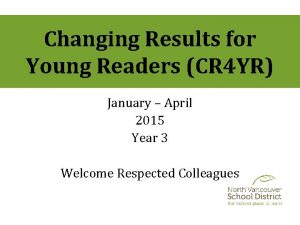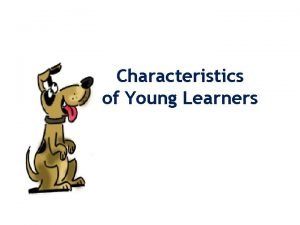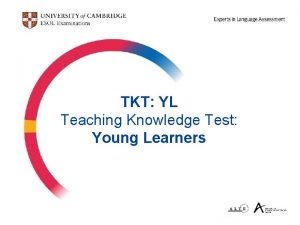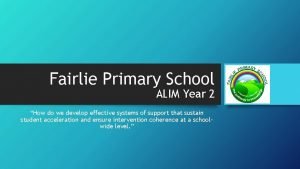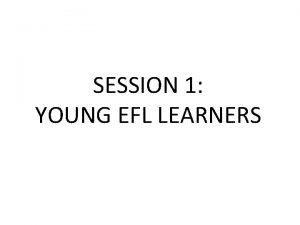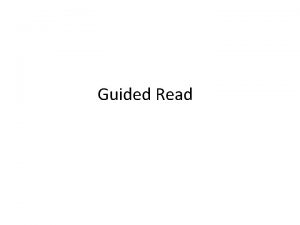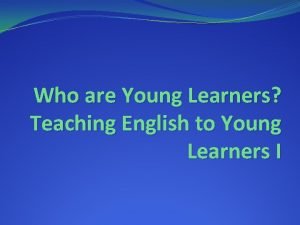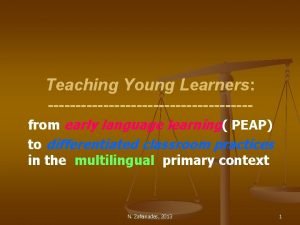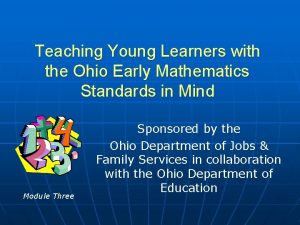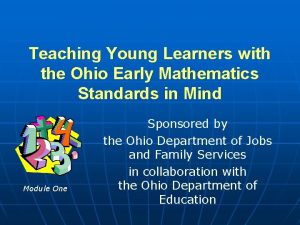Young Learners Reading Reading l l l Early







- Slides: 7

Young Learners Reading

Reading l l l Early literacy in English as a first language It is good to compare how native speakers and ELT learners learn to read in English. The process will be different but still there will be at least some similarities. Pre-school years School years

Reading l l l During pre-school years E-speaking children learn about literacy from a range of different experiences: At the age of three they start to recognize written words and signs (Tesco, Pizza) or traffic signs. They observe their parents reading books…. They are read to by their parents – story books contain letters and words + pictures. All these experiences will prepare children for their own reading. Reasons and purposes for reading. By the age of four or five chldren have a fairly good understanding of many literacy practices and activities and are on their way to beginning to decode the system of symbols for reading and writing.

Reading l School years native speakers have their oral competence in their first language, a large bank of words and phrases. Oral competence is directly related to the ability to learn to read. This is a great advantage in top-down processing (language learners need to rely on their knowledge of the world and their predictions about content when they try to interpret reading and listening texts). i. e. Once…(upon a time)

Reading l l l For native speakers the process of learning to read and write is quite a long process because of sound and letter correspondence which is not at all direct and consistent. English is a language with deep orthography. Op. Shallow orthographies (Spanish, German). Phonics: sound – letter correspondence patterns. Songs and rhymes are of great help here. Rhyming pairs: five – alive, Jack and Jill went up the hill , wall – fall. The whole word method: for irregular words

Reading l Teaching reading in EYL classes They usually do not have a strong backround in oral English. They do not know songs and rhymes and stories which carry everyday phrases and words useful for guessing words or for phonics work.

Reading l l However, non-native speakers bring some advantages to the process of learning to read and write. They have experince with reading in their mother tongue and they have some useful strategies. Roman alphabet.


